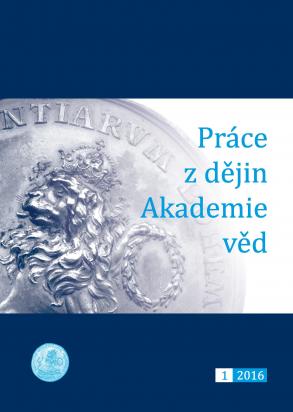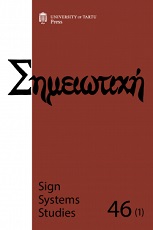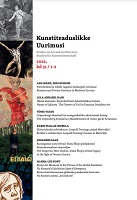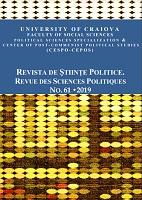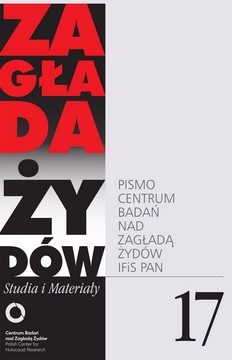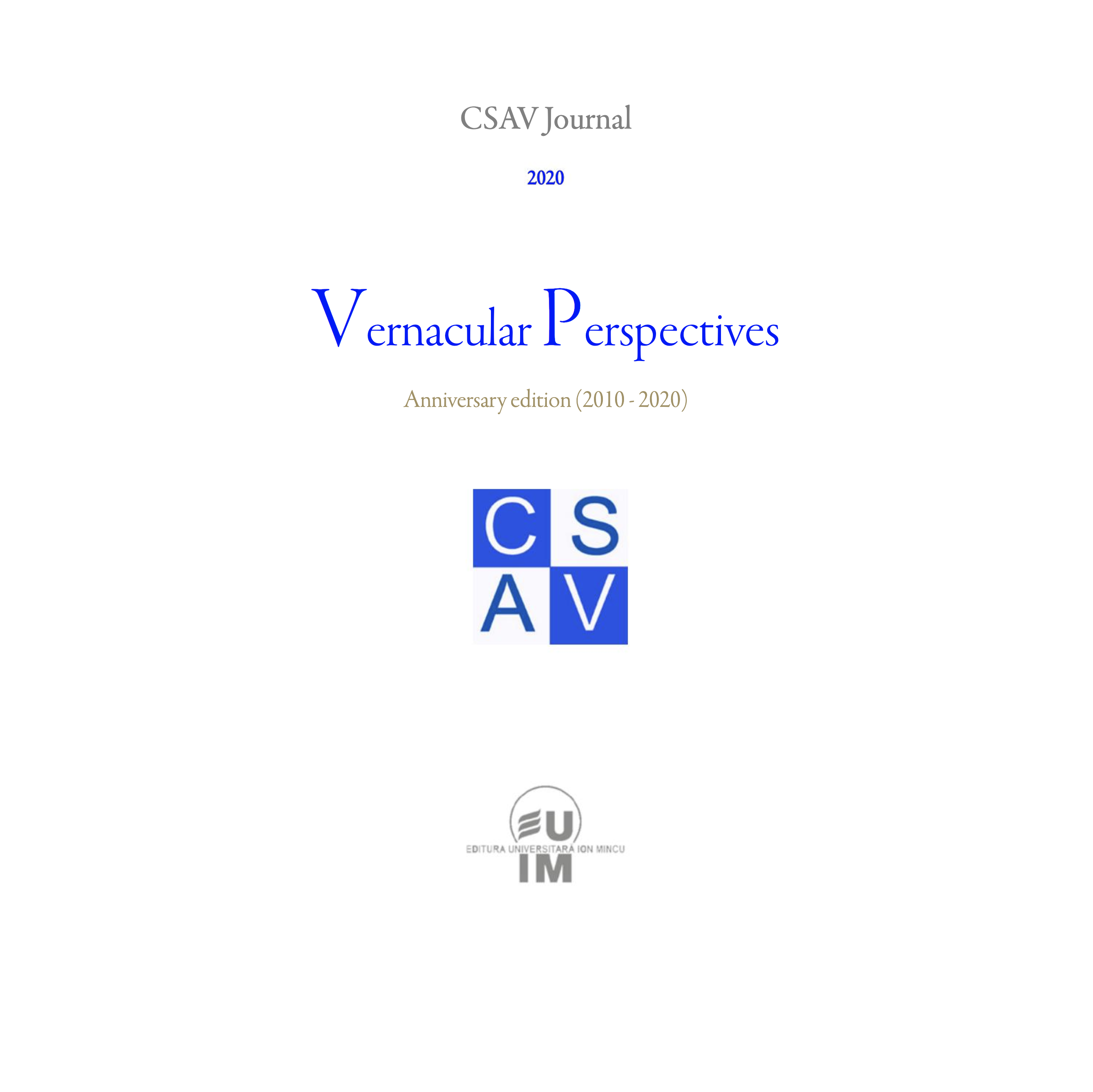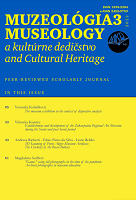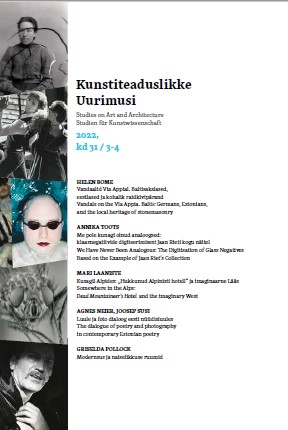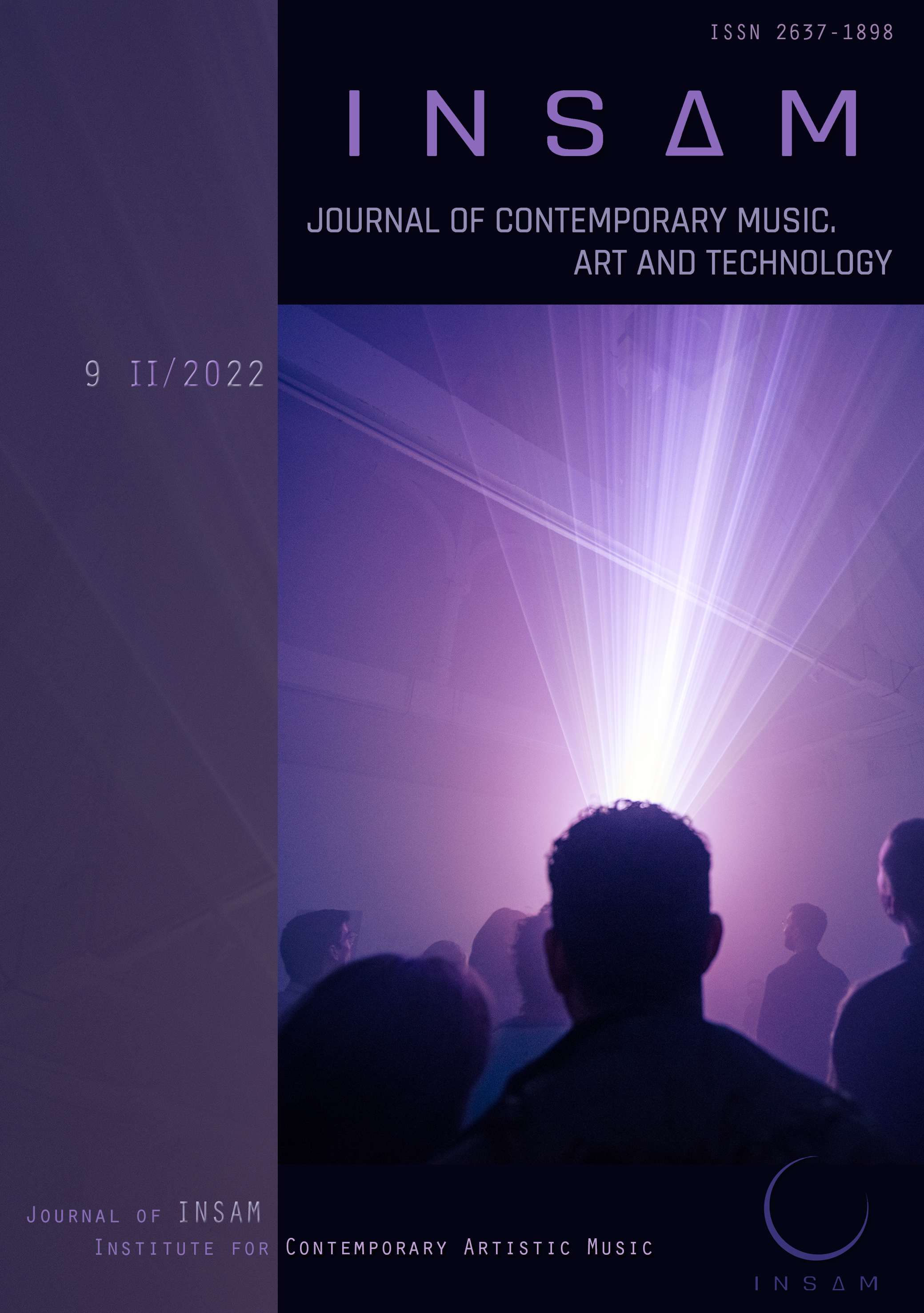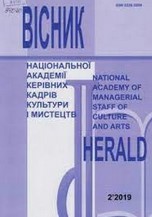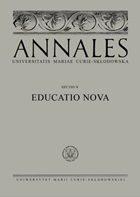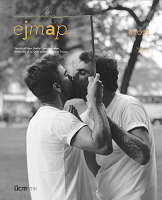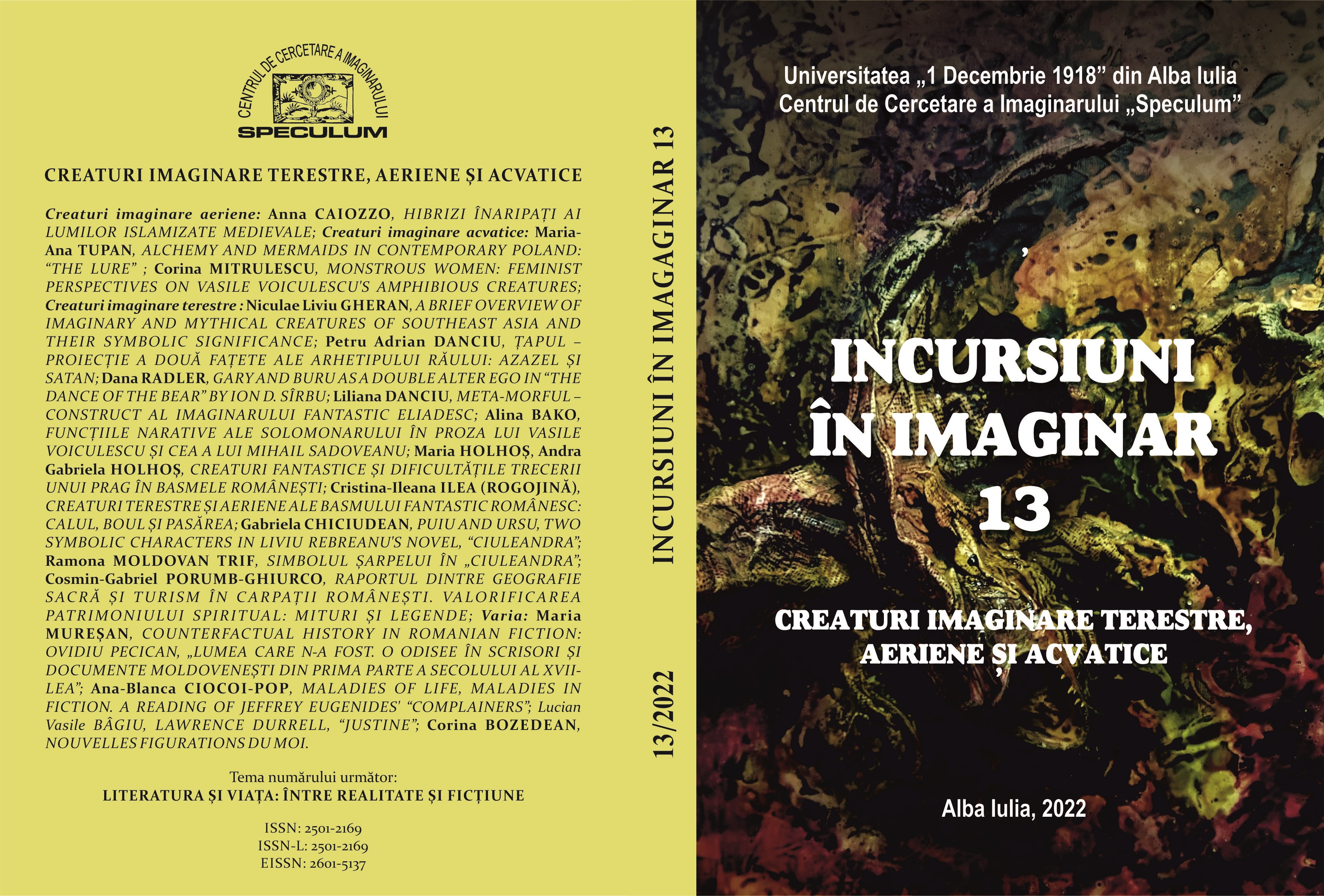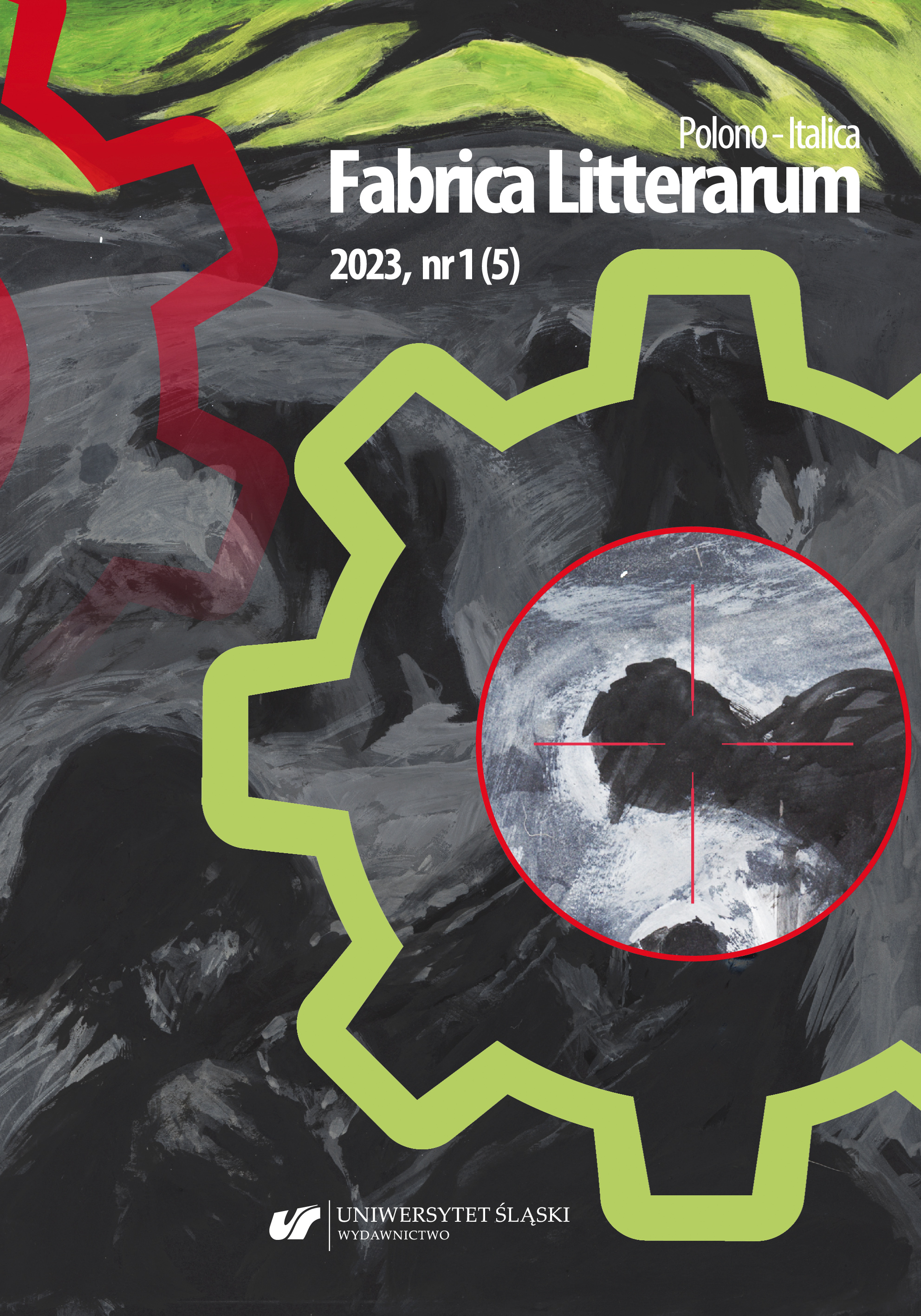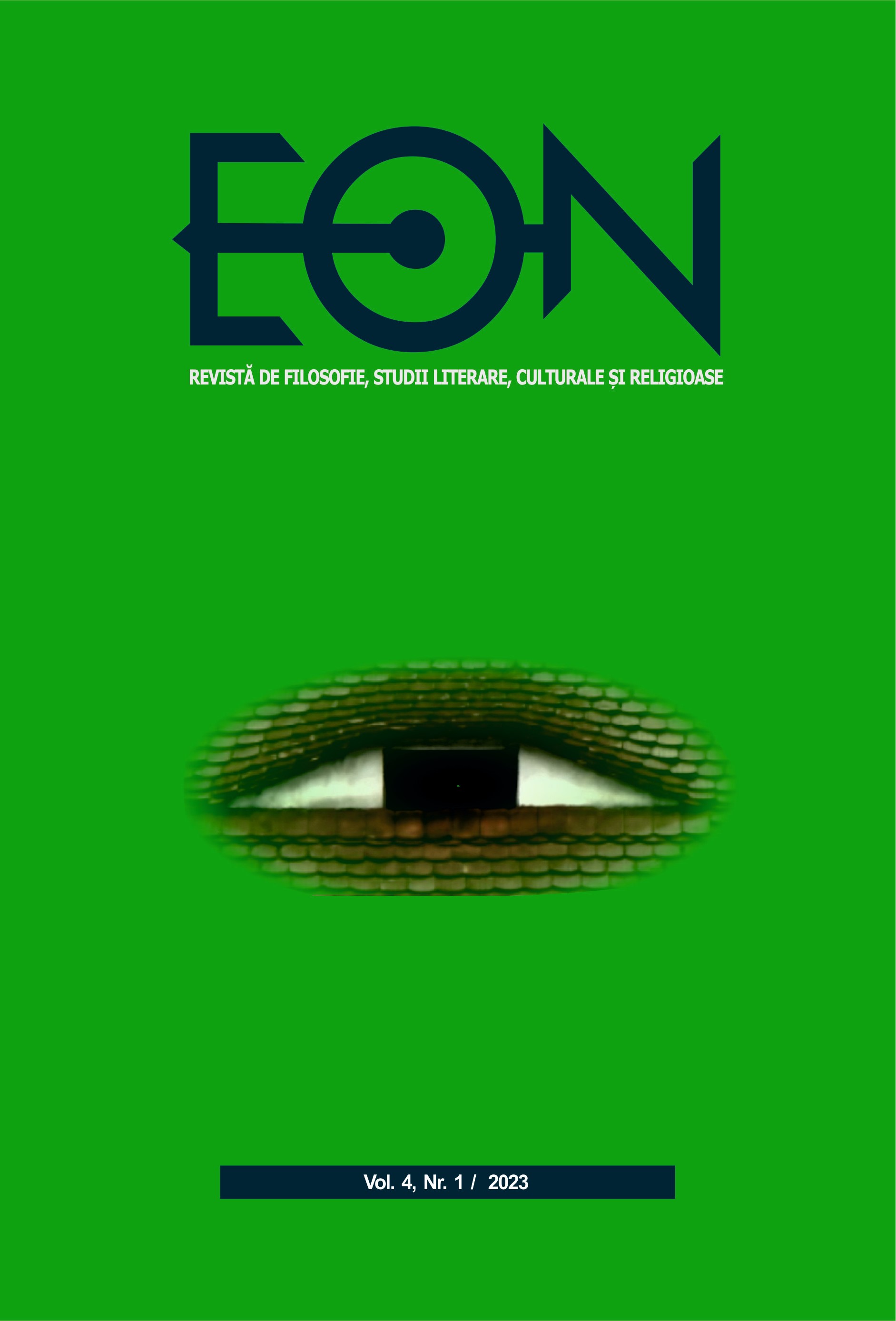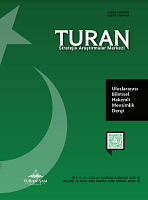Author(s): Lenka Lukačovičová / Language(s): English
Issue: 1/2023
The philosophy of Lenka L. Lukačovičová’s work is based on her interest in our cultural and personal identity, collective memory, but also problems with functioning, and problems associated with current situations in the area where she works. The presented portfolio shows her broad interest scale, which is, however, anchored in the three most dominant themes. When processing them, she works with relationships with several media: happening, performance, installation and photography. She continuously focuses on issues of culture, time and space, on woman, mother and her internal experience; transformation and disappearance associated with the change of the urban environment, its gentrification in connection with the presentation “place-specific” in public space. Her key projects began to emerge in 2012, 2013 (Quo Vadis Galleria; Permanent Exposition) with focus mainly on how the cultural institution works. She continuously develops her interest in cultural and collective historical memory in a series of exhibitions called the Grey Book. From the collected photos of portraits of persecuted women (1950s to 1970s of the 20th century), she created hand-enlarged glass plates from digital archives; then she laid them out on the floor Status quo ante in the space of the Trnava Synagogue and left them to disappear. Post-media and political works were created, but they slowly became also a kind of silent meditation on the everyday life of post-communist Slovakia. Everyday life has also become a theme in her other projects: (Non)decisive Moments, 2020, and Lonely Planet Trnávka (from 2020). Here, her photographs remarkably deal with urban spaces, the surroundings, space where we live. She gradually exhibits them directly at the place of creation, in the Vitrine Gallery ZORA, a bulletin board that functioned as an information board at the dilapidated, non-functioning Zora Cinema in the local Trnávka district of Bratislava. She creates an imagined bedeker, an obscure Instagram account playing with the world brand – the online guide lonely_planet_trnavka. (Note: In addition, from 2021, she realized a series of other billboard and vitrine gallery exhibitions in the cities in Slovakia which seem to be at a freezing point). The last presented level of her work derives relatively intensively from the work of other Slovak authors from the 1970s to 1990s of the 20th century. She creates a free interpretation of the works with roots in performance, which are usually recorded by photography. She calls cycles with the prefix RE:, as they are fundamentally based on repetition of re-creation, citation, or appropriation. Lukačovičová processes topics whose starting points, as well as solutions, are extremely fluid and changeable. She layers them and asks herself questions.
More...
